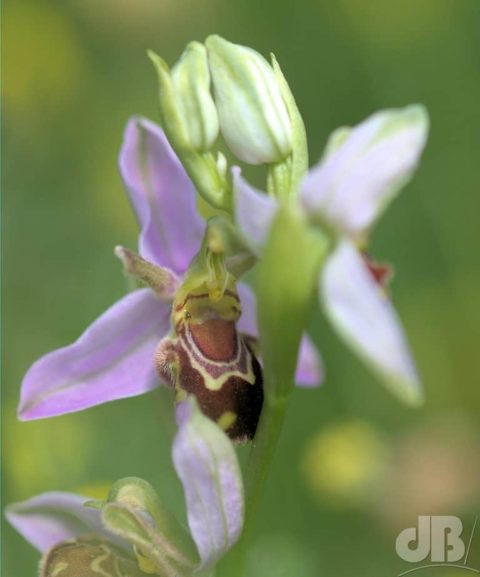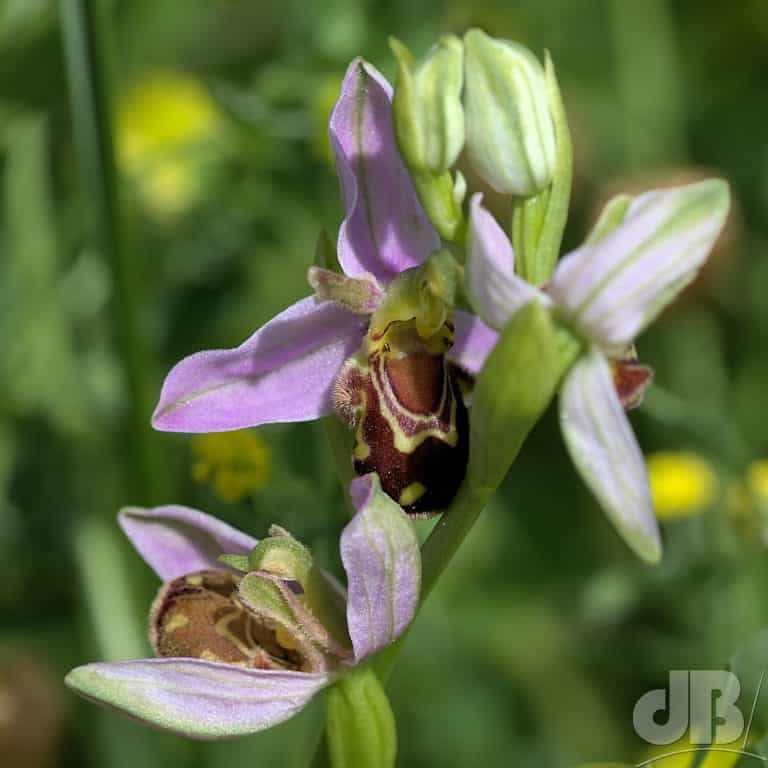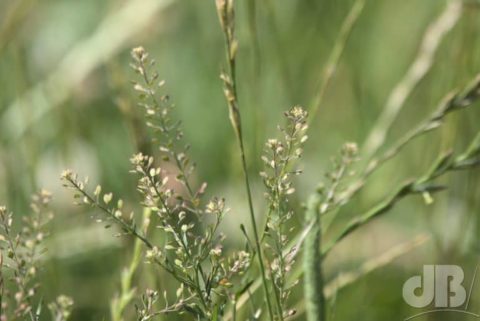The rather derogatory term “twitching” (see definition in my tongue-in-beak bird glossary) is usually preserved for someone going out of their way to see a rare bird…but those with an interest in seeking out natural wonders may well twitch anything. Yesterday, I took my daily walk partly along the Cambridge to Stives guided busway to “twitch” the bee orchids that are thriving sporadically along the wild margins of the route.

While I was walking back to my turning-home point, I bumped into a group of people who were well aware of the bee orchids, pointed out that there were also some pyramidal orchids around and explained that they were (mostly) amateur botanists out for a day’s botanising (the wildflower equivalent of birding and mothing, I presume).

The plant that had taken their interest at the time I stopped to talk them was a seemingly mundane specimen in the impacted dirt at the edge of the by-way and guided bus cycleway. What made it interesting was that it was a maritime species, a wildflower that should only be seen growing along our coasts. Now, given the number of wading birds that seem to have taken to being landlubbers these last few months in and around our village, it’s perhaps no surprise that a maritime plant species will have taken root, perhaps a seed having hitchhiked among the feathers of one of those coastal waders or been delivered in conjunction with a bird’s inflight fertiliser in the form of avian guano. I think this is the plant, but there were several others around it, so not sure, and no idea of its ID.
